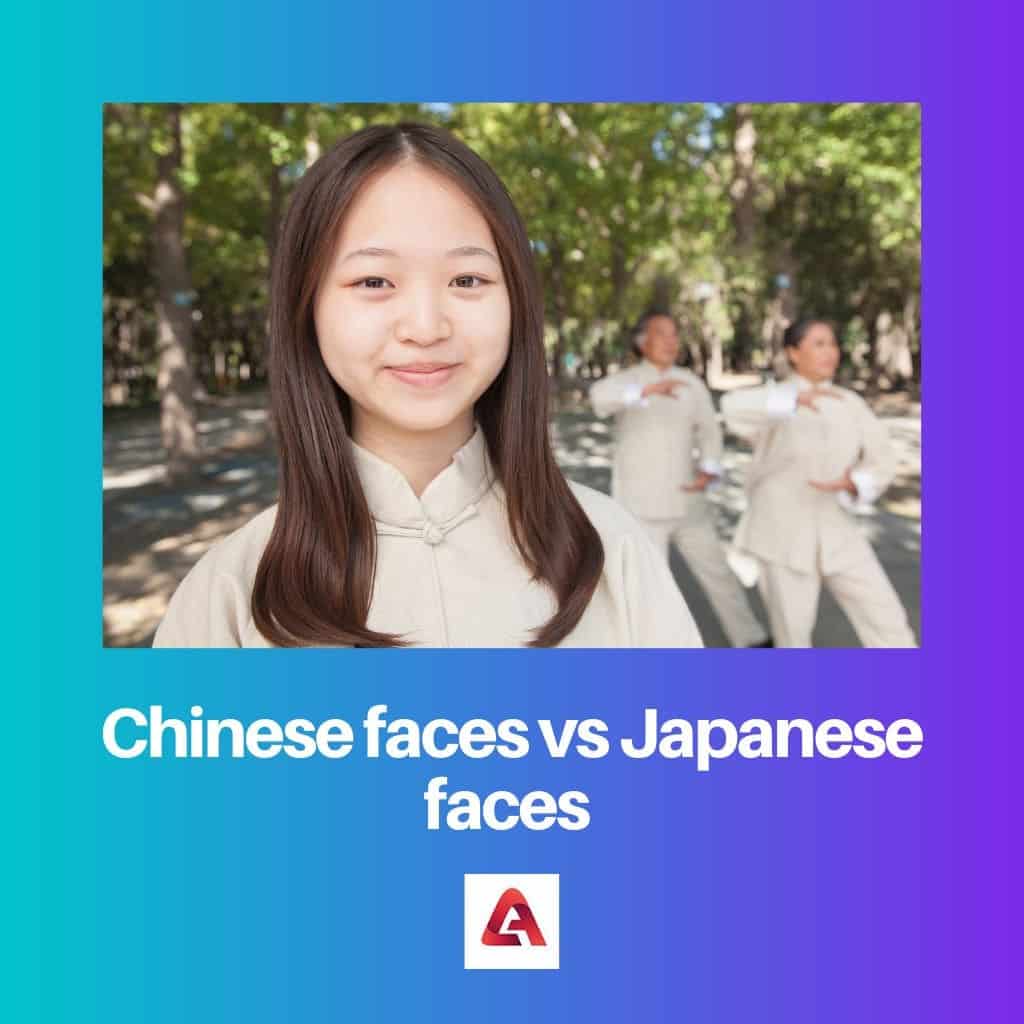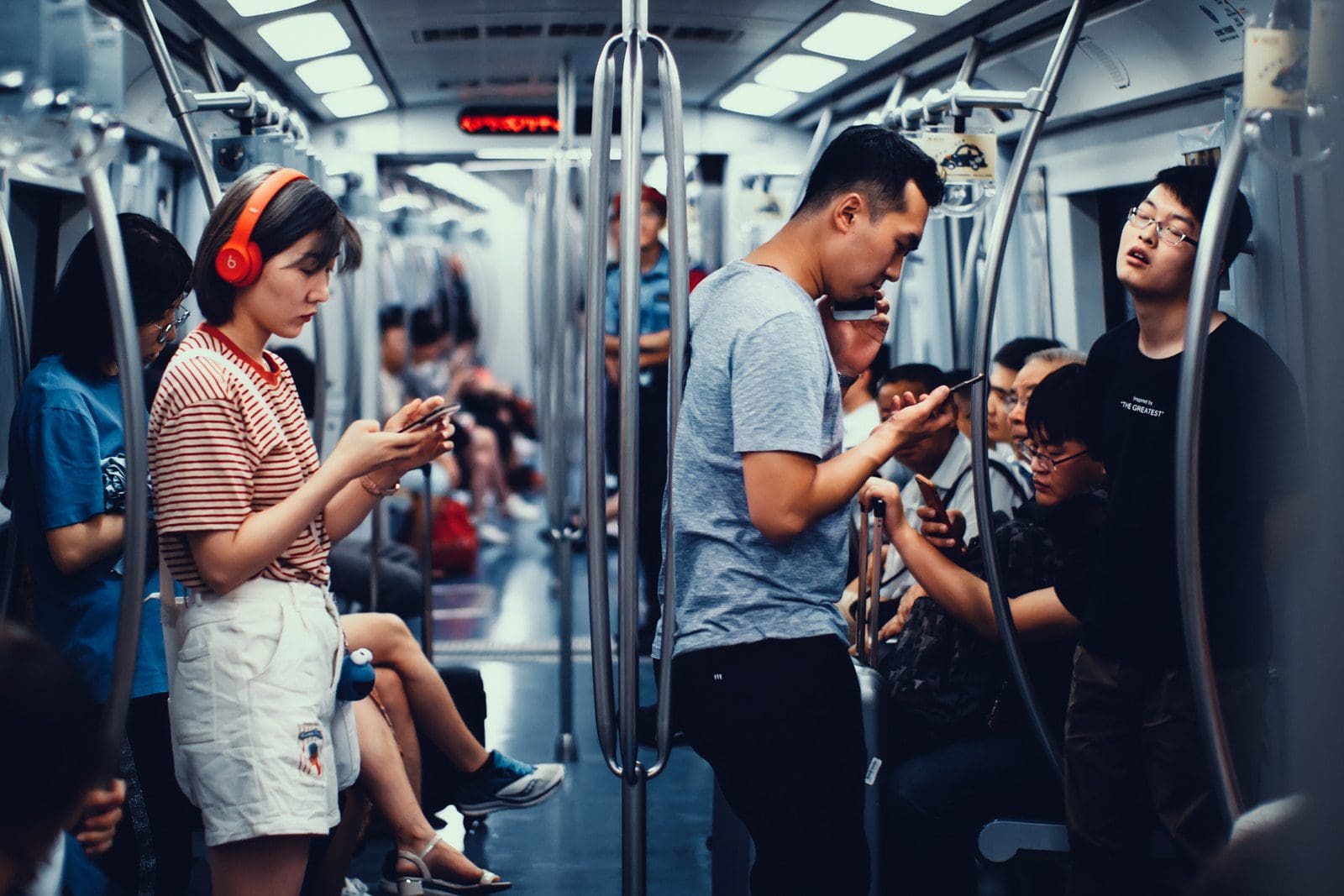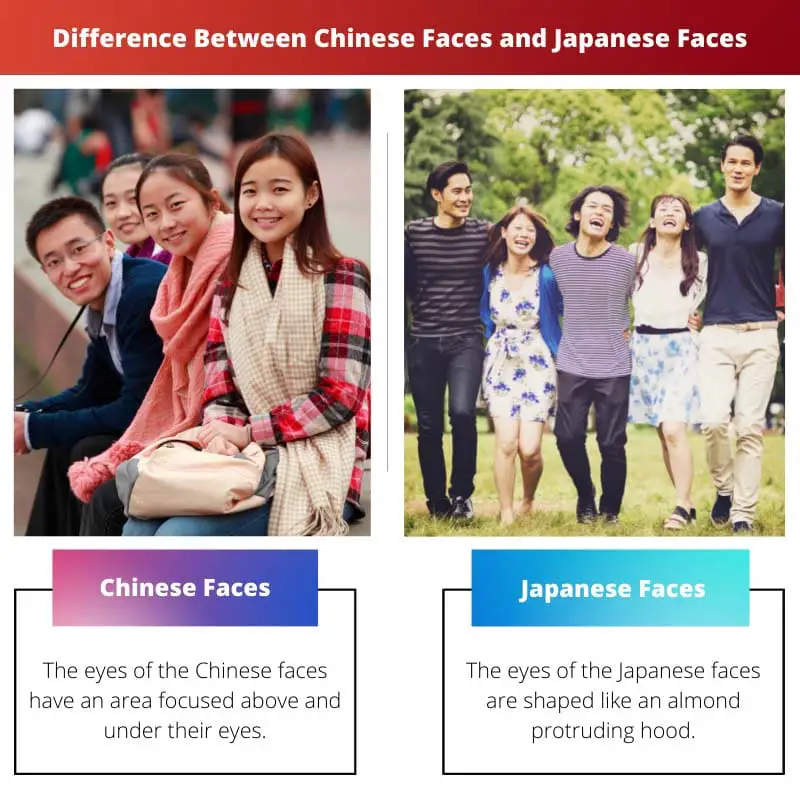Asia is the largest and most populated continent on Earth. It has so many people with different nationalities and cultures. Each nation is so different from the others regarding physical or behavioral characteristics.
It is not something new for a South Asian person to be confused with some other nationality because of the way he or she looks.
People from Korea, Japan, and China are confused with each other because they have similar physical characteristics. Their features are different from the features of people from other countries.
It is considered very stereotypical to consider all South Asians as one. Though it is common to confuse a Chinese face with a Japanese one, they have many differences.
Key Takeaways
- Chinese and Japanese faces may share some similarities due to their East Asian heritage, but they can also exhibit distinct features.
- Chinese faces may have rounder features, flatter facial profiles, and more prominent cheekbones than Japanese faces.
- Japanese faces have more elongated or oval-shaped features, higher nose bridges, and less prominent cheekbones.
Chinese Faces vs. Japanese Faces
The difference between Chinese and Japanese faces is that the Japanese faces have a pale complexion because of the climatic conditions. On the other hand, the Chinese faces have a mixed complexion because of the various tribes existing there.

Comparison Table
| Parameter of Comparison | Chinese Faces | Japanese Faces |
|---|---|---|
| Complexion | The complexion of the Chinese faces is mostly whitish or reddish. | The complexion of the Japanese faces is mostly Pale. |
| Eyes | The eyes of the Chinese faces have an area focused above and under their eyes | The eyes of the Japanese faces are shaped like a protruding almond hood. |
| The angle of the eyes | The eyes of the Chinese faces are angled downwards. | The eyes of the Japanese faces are angled upwards. |
| Size of the eyes | The eyes of Chinese faces are small or medium in size. | The eyes of Japanese faces are slightly big. |
| Shape | The shape of the Chinese faces is round, almost like a perfect circle. | The shape of the Japanese faces is long and wide mostly. |
| Prominent Feature | The Chinese faces are small, hence do not have a prominent feature | The prominent feature of Japanese faces is their big eyes. |
| Facial Expression | The distinct facial expression on a Chinese face is a smile. | The distinct facial expression on a Japanese face is a frown. |
| Women | The faces of Chinese women are seen with red lipstick and a smoky look. | The faces of Japanese women have a very neutral look. |
What are Chinese Faces?
China is one of the most populated countries in the world. There live so many people in it who have similar physical characteristics. These characteristics are quite similar to the people of Japan and Korea.
However, certain features or characteristics help distinguish a Chinese face from the rest.
The Chinese faces have a whitish or reddish complexion. Most of the faces have a mixed complexion. This is because various tribes have existed in China since the Han dynasty.
Intermarriages have existed for a long time, resulting in a mixed complexion on Chinese faces.
Most of Chinese faces have a very definite shape. It is almost perfectly rounded. They have small eyes, which are angled downwards. The facial expression of a Chinese face is as if they are constantly smiling.
It is difficult to distinguish the various emotions on a Chinese face because it always looks like they have a smile.

What are Japanese Faces?
Japan is a very popular country in the southern part of Asia. The people of Japan are confused with those of China or Korea because they have identical features.
However, the Japanese faces have unique features that help to identify them.
Since Japan has cold weather throughout the year, the complexion of the Japanese faces is pale. The faces do not have a uniform shape. But most of the Japanese faces are long and wide.
The faces tend to have a large forehead. The eyes, too, are big and are angled upwards. The big eyes are a prominent feature on Japanese faces since it is quite easy to notice them.

Main Difference Between Chinese Faces and Japanese Faces
- Mostly pale in appearance.
- The faces of the Chinese have their eyes angled downwards, whereas the Japanese have their eyes angled upwards.
- The eyes on the Chinese faces are small or sometimes medium in size, whereas, on the other, the eyes on the Japanese faces are big.
- The Chinese faces are round, whereas the Japanese faces are wide and have a taller appearance.
- The Chinese faces are small and lack any prominent features, whereas, on the other hand, the Japanese faces have big eyes as their prominent feature.
- The Chinese faces express most of their emotions with a smile, whereas the Japanese express most with a frown.
- The Chinese faces of the women are spotted with red lipstick and a smoky look, whereas on the other hand, the Japanese faces of the women have a subtle look on them. It is hard to figure out if they have any makeup on them or not.


Negative comment: The focus on physical distinctions lacks consideration for the broader implications of cultural identity and diversity.
Positive comment: The comparative analysis of Chinese and Japanese facial features provides valuable insights into the diversity of Asian populations.
Sarcastic comment: I appreciate the facial expression section, now I’ll know how to recognize a Chinese person from a smile!
Negative comment: The article’s focus on physical features as defining characteristics may contribute to a superficial understanding of cultural diversity.
Argumentative comment: The classification of individuals based on physical traits perpetuates stereotypes and overlooks the multifaceted nature of identity.
Negative comment: This article fails to recognize that physical appearance does not necessarily define an individual’s cultural identity.
Informative comment: It’s important to approach the topic of physical characteristics with sensitivity, as it can contribute to prejudiced perceptions.
Informative comment: The differences and distinguishing features between Chinese and Japanese faces is a very interesting topic to study and explore.
Positive comment: The article effectively outlines the unique features of Chinese and Japanese faces, establishing a clear differentiation between the two.
Comical comment: I wonder if there is a ‘How to tell if someone is from a South Asian country’ article out there. I’m asking for a friend!